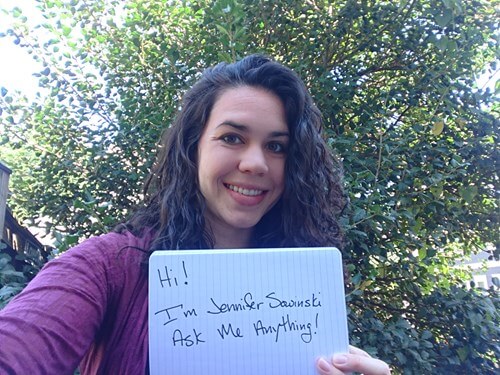Ask Me Anything: Price Sensitivity

Jennifer Nemeth
Manager, Professional Services
ASK ME ANYTHING QUESTION
“How do we know if we’re seeing price sensitivity on a performance?”
JENNIFER SOWINSKI’S ANSWER
This is such an important question. When we have a show that isn’t selling as well as we expected, the last thing we want to do is unnecessarily lower prices and forego extra income. But at the same time, we want to make sure the house fills up!
First, it’s important to consider where in your house seats are selling. If sales are slow, but the tickets that have sold are all in your top priced sections, then your trouble is probably not pricing. The patrons who are interested in attending are telling you that the performance is worth those top prices. By lowering prices, you’re only missing out on income from those who actually are interested in purchasing tickets.
On the other hand, if you’re seeing most of your sales in the lowest priced sections, that’s a sign that there may be some price sensitivity, and you should consider making adjustments to help fill the house.
Whenever possible, look to the data to help guide your decisions. Do you have a comparable past performance that had a similar pricing structure? If so, how did it end up selling, and in which sections? We often get worried about a show that’s selling slowly, but sometimes our perception of “slowly” ends up actually being closer to normal than we realize. It’s incredibly helpful to make these comparisons to ensure we don’t make any rash decisions about lowering or adjusting prices.
If you can confirm that your lowest priced seats are selling first, and your sales pattern is not typical, you may indeed be seeing price sensitivity. In that case, consider carefully how you might make adjustments. It may be most effective to lower the price in each section (making sure to keep the relationship between prices appropriate). Or, maybe only your top sections need to be lowered, since you are already seeing some sales at the lower prices. You might also consider what it would look like to expand the number of seats in your lower priced sections, while keeping the prices themselves intact. This last option has the advantage of keeping a higher value on the performance overall, but giving more room for those who want a deal. On the other hand, if no one wants to purchase a ticket to the performance at the top price, those seats may still go unsold.
We understand this is a lot to track. For help, reach out to us about our pricing consulting—most clients see a 2:1 ROI in the first year after resolving pricing dilemmas such as this with us.
JCA Arts Marketing collaborates with cultural organizations to increase revenue, boost attendance and membership, and grow patron loyalty. We provide consulting and software services to hundreds of cultural institutions across multiple genres, including dance, museums, opera, performing arts centers, symphony, and theatre. We can help you achieve your marketing goals.


